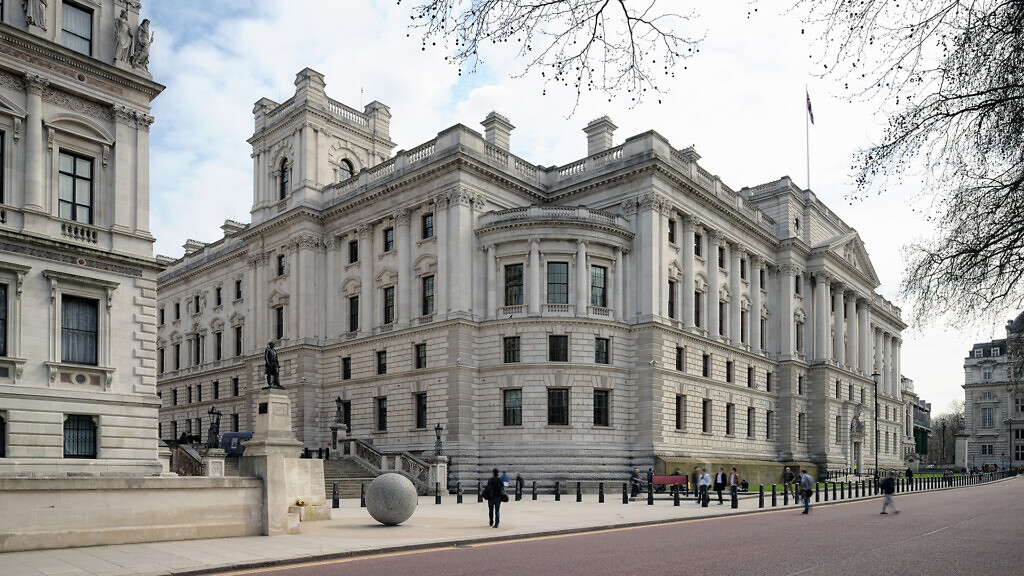The impact of clinical negligence claims against the NHS are likely to improve after Shabana Mahmood, the Lord Chancellor, increased the personal injury discount rate (PIDR) from January.
In early December, she raised the rate from -0.25% to 0.5% putting England and Wales in line with the rate in Scotland and Northern Ireland. The rate was previously set in 2019 and must be reviewed every five years.
It has been widely estimated that the changes, which become effective on 11 January, could save the NHS £454 million over the next decade.
The PIDR is key to calculating compensation awards for claimants who suffer injuries as a result of negligence. It represents the assumed rate of return a claimant can earn by investing a lump sum compensation payment.
“It is my duty to set the rate at the level which I believe most reasonably reflects the rate of return that claimants could be expected to receive from their investment of relevant lump sum damages,” explained Mahmood in a statement.
The issue of clinical negligence payments remains of concern to the NHS.
The NHS Resolution’s Annual Report and Accounts for 2023-24 highlights that the cost of clinical negligence now stands at 1.7% of the NHS budget, or £2.8 billion a year, something it describes as “significant”.
The Medical Defence Union (MDU), which offers professional medical indemnity for clinical negligence claims, put this into context in a written statement to the House of Commons Public Accounts Committee into NHS financial sustainability in late November.
It pointed out that the annual cost of clinical negligence claims has more than quadrupled since 2006/2007 and is now larger than the combined budget of every GP practice for the whole of the Midlands and is the same as the NHS spending on 1.2 billion pathology tests each year.

The changes have been welcomed.
George Maughan, head of personal client insurance at THEMIS Clinical Defence, calls it a “welcome development”. With clinical negligence generally rising, he explains that the change helps mitigate future premium increases, and supports the retention of clinicians in the UK.
“In recent years, changes in the PIDR have led to a huge increase in the cost of clinical negligence claims. This has had serious implications for the NHS and for MDU members who have been shouldered with the increased costs. This change will provide some relief in the current difficult medico-legal climate,” says David Pranklin, MDU head of claims.
The knock-on effect of the change is positive for patients. “The increase from -0.25% to +0.5% and corresponding reduction in a claimant’s damages on settlement will enable public funds to be redirected to frontline services, including patient care,” says Christopher Malla, partner at Kennedys in London.



